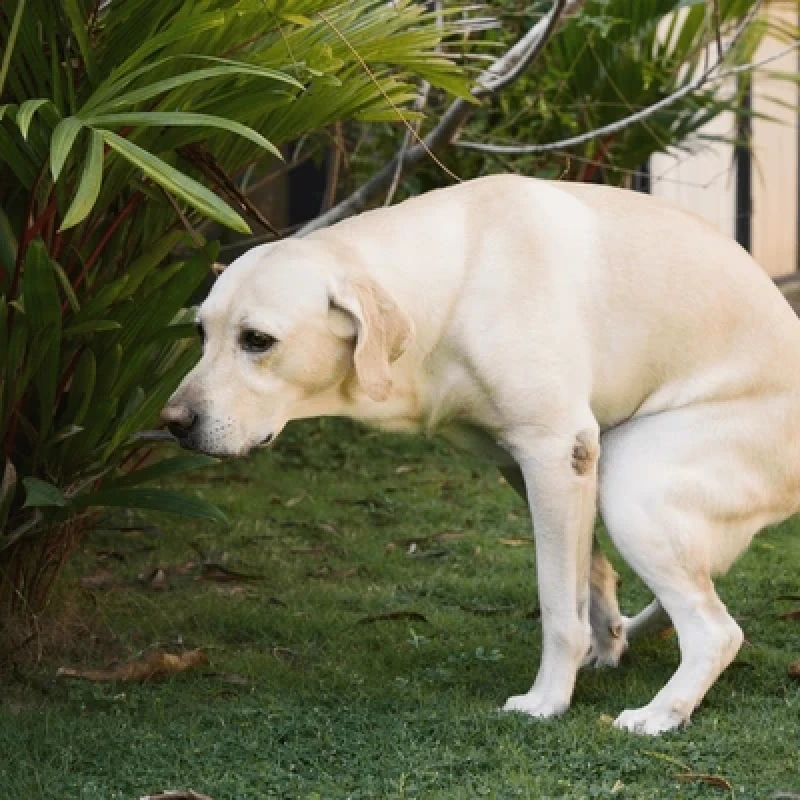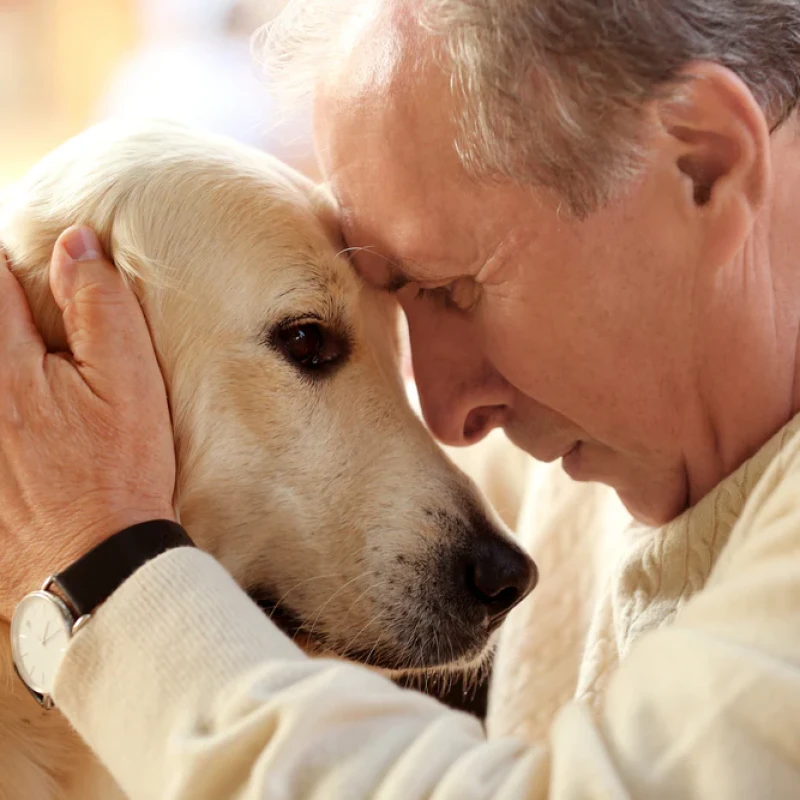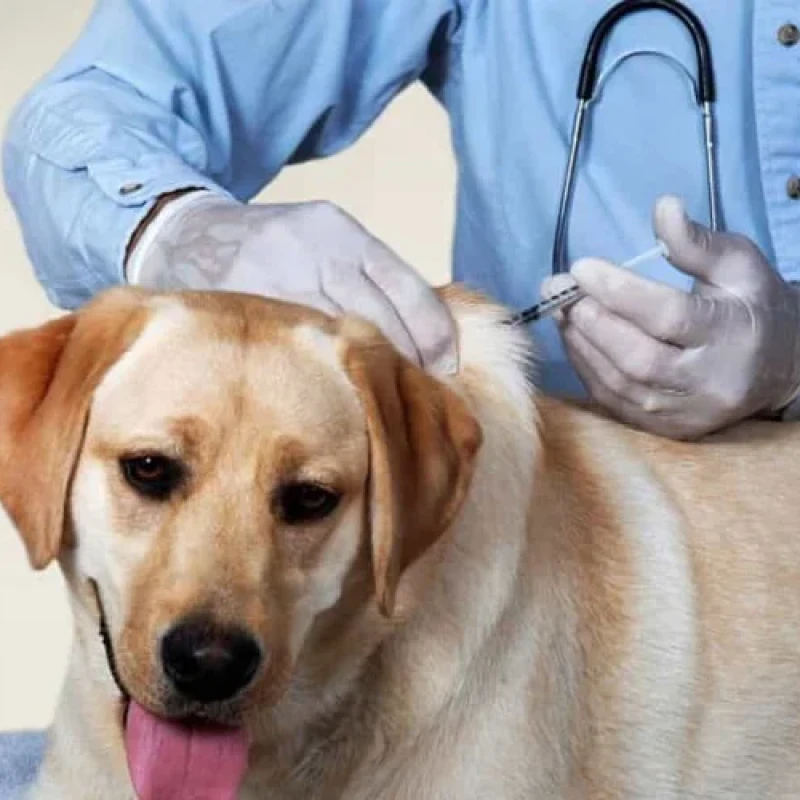A dog with a limping leg can be due to many reasons, as dogs are very active and always want to run and play everywhere. This is one of the reasons why they may experience unexpected leg injuries. Many dogs with leg pain may struggle to walk, affecting both their front and back legs. When a dog is in pain, it can hinder all activities of the puppy. What should you do in such cases? Let's explore this further with Pet Mart.

Causes of Leg Pain in Dogs
There are several reasons why a dog may suffer from leg injuries, including joint dislocations, muscle strains, sprains, or fractures. More seriously, they may suffer from arthritis, leading to joint inflammation. Specifically:
- Leg pain due to skin injuries: Such as nails, stones, or glass puncturing the leg.
- Leg pain due to muscle strain.
- Sprains or dislocations: Caused by accidents or activities like climbing stairs or running hard. Severe sprains can lead to fractures or dislocations.
- Leg pain due to rickets: Symptoms mainly include digestive disorders, deformities in the bones, leg pain, and limping.
- Arthritis: The joints and surrounding tissues become swollen, making movement difficult.
- Active dogs: They can suffer from falls and fractures, especially small dogs with delicate bones like Poodles, Chihuahuas, and Maltese.
- Leg pain due to parasites: Parasites like fleas, ticks, and lice can cause skin lesions, allowing bacteria to enter and spreading infections. Prolonged infections can lead to paralysis, muscle weakness, and other symptoms.
Symptoms of a Limping Dog
In many cases, a dog with leg pain will limp. The leg may be held up, and the dog will be reluctant to move or walk much. The leg may show signs of swelling or bleeding. At this point, it is essential to check the entire leg for stones, glass, or other objects causing bleeding. If there is no bleeding, you can check for swelling or edema. Observe the condition and color of the skin.
Keep the dog still and prevent them from moving. Do not try to move them, and do your best to comfort them to avoid struggling. Feed the dog easily digestible food. Take care to prevent surrounding areas from becoming infected, and ensure that any wounds do not get infected.
If the limp is severe, you can apply a cold compress to the joint to reduce inflammation. Afterward, take the dog to the vet immediately. If the dog has leg pain due to arthritis or calcium deficiency, they must be examined by a vet for diagnosis and appropriate treatment. Quick and accurate diagnosis is essential for effective treatment.
How to Prevent Leg Pain in Dogs
- Provide appropriate and sufficient calcium in your dog's daily diet.
- Let the dog sunbathe early in the morning to supplement vitamin D. You can purchase bone, muscle, and joint health products at Pet Mart.
- Avoid letting the dog engage in excessive or intense activities. Prevent them from playing vigorous games, such as running too fast, jumping from heights, or continuous bouncing.
- Walk or jog with the dog slowly to keep their joints flexible. If the dog has leg pain, stop all exercise and let them rest for several days or weeks before allowing gentle exercise again.
- Avoid exposing them to sharp objects like glass, nails, sharp stones, thorny bushes, or sharp leaves.
How to Identify a Fractured Leg in Dogs
Signs of a broken leg include deformity, inability to move, or difficulty moving. Swelling, sprains, or functional impairment may also accompany these signs. The dog may display unusual behavior.
When a dog has a broken leg, external changes are usually noticeable. Depending on the location of the fracture (leg, pelvis, ribs, or spine), the leg may appear deformed, and the dog may hold its legs in an unusual position. The leg may appear shorter, longer, or crooked.
Typically, this condition occurs due to heavy activity or external force. When you suspect a dog has a broken leg, check the surrounding soft tissue for any wounds. Prevent any open wounds from becoming infected, as this can be very dangerous.
What to Do If Your Dog Has a Broken Leg
First, analyze the condition of the bone using X-ray imaging. This will help determine exactly where the fracture is. The vet will then choose an appropriate treatment method. X-ray images are crucial for treatment and bandaging.
X-rays will cover a certain range, including the bone ends and the surrounding joints, typically only from two angles: frontal and lateral. Thus, if you only rely on these images, you might not be able to see the fracture. It is best to take images from various angles to compare and identify the fracture.
The fracture line may be relatively low between bone segments. In many cases, a fracture is often accompanied by swelling in the soft tissues. If X-rays do not reveal the fracture, check the affected areas again after a few days.
Will a Fractured Leg Heal on Its Own? How to Treat It?
To recover a broken bone in a dog, follow the vet's instructions. Depending on the severity of the injury, there are specific treatment methods. If it’s just a bruise or sprain, applying ice packs and warm compresses to the bruise will help. Sprains and strains will significantly improve. Ensure the dog gets complete rest.
If the dog has a broken leg due to a fall, being hit, or bitten by another animal, or if a sharp object has punctured the wound, muzzle the dog to prevent it from biting. Then, place the dog on its side and carefully examine the leg for injuries.
If the leg is clearly broken, take two flat, wide pieces of wood that fit the dog's leg. Place one piece on the inside and one on the outside of the leg, and bandage them together with a strip of gauze. Afterward, take the dog to the vet. If you cannot stabilize the fracture, place the dog on a sturdy stretcher and transport it to a veterinary clinic.
Generally, there are two methods to stabilize a dog's fracture:
External fixation: This includes using casts, splints, and bandages. Splints and bandages do not treat fractures but only help stabilize the broken area to prevent excessive activity.
Internal fixation: This involves using screws and pins to stabilize and connect fractured bone sections.
Choose the method based on the dog's condition to achieve the best results. Besides the above methods, external fixators can also be used, though this method is relatively costly and is not widely used in veterinary clinics.
How Long Does It Take for a Dog's Fractured Leg to Heal?
After bandaging and stabilizing the dog's leg, keep it still. Avoid excessive activity and ensure the dog's living area is clean and hygienic. Enhance nutrition by including vitamins like A, D, fish oil, and calcium in their diet.
Let the dog sunbathe in the morning to balance calcium and phosphorus ratios and enhance calcification of scar tissue. If possible, have them examined regularly to monitor recovery and bone healing. Always check the muscles, tendons, and ligaments to ensure the dog remains comfortable and prevent complications after treatment.
Treating a dog with a fractured bone is quite complex. Puppy bones heal much faster than those of adult dogs. Therefore, pay close attention to them to speed up the healing process, allowing them to return to play and run soon. Typically, stabilization will last for 3-4 weeks, after which swelling will decrease, and the bones may start moving slightly. After 12-16 weeks, the bones will completely fuse into a solid structure, and the dog should essentially recover completely.













